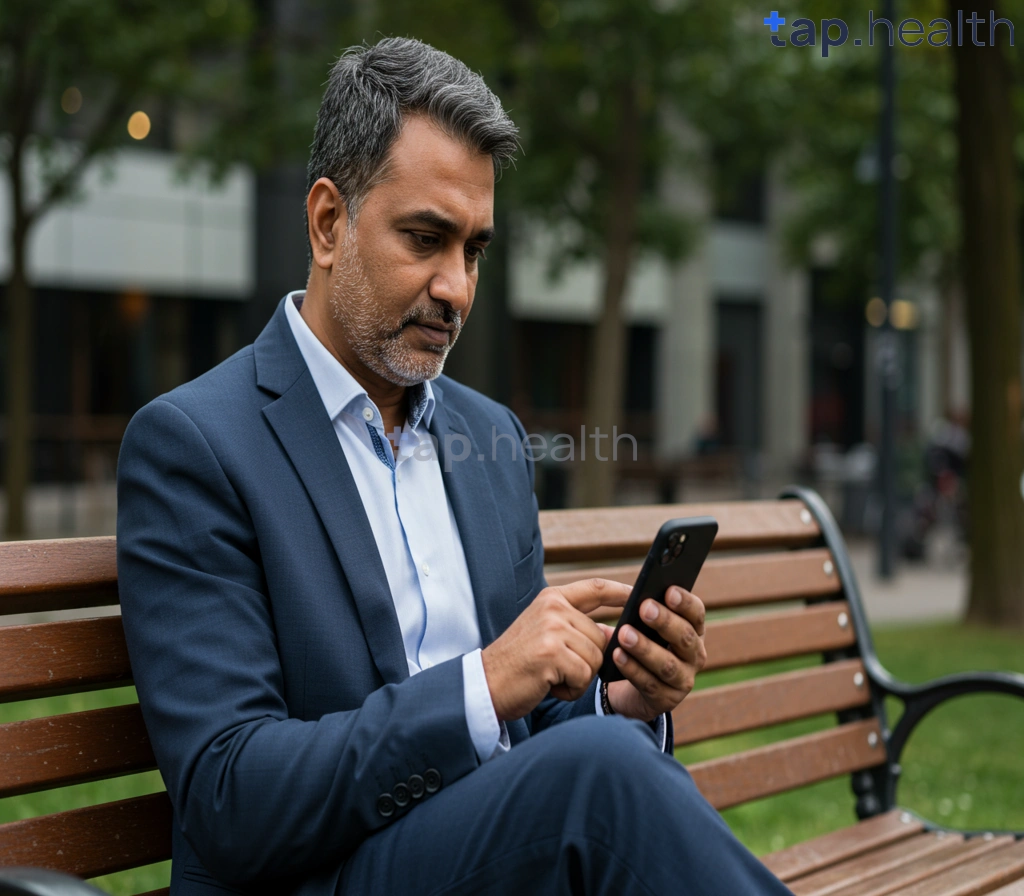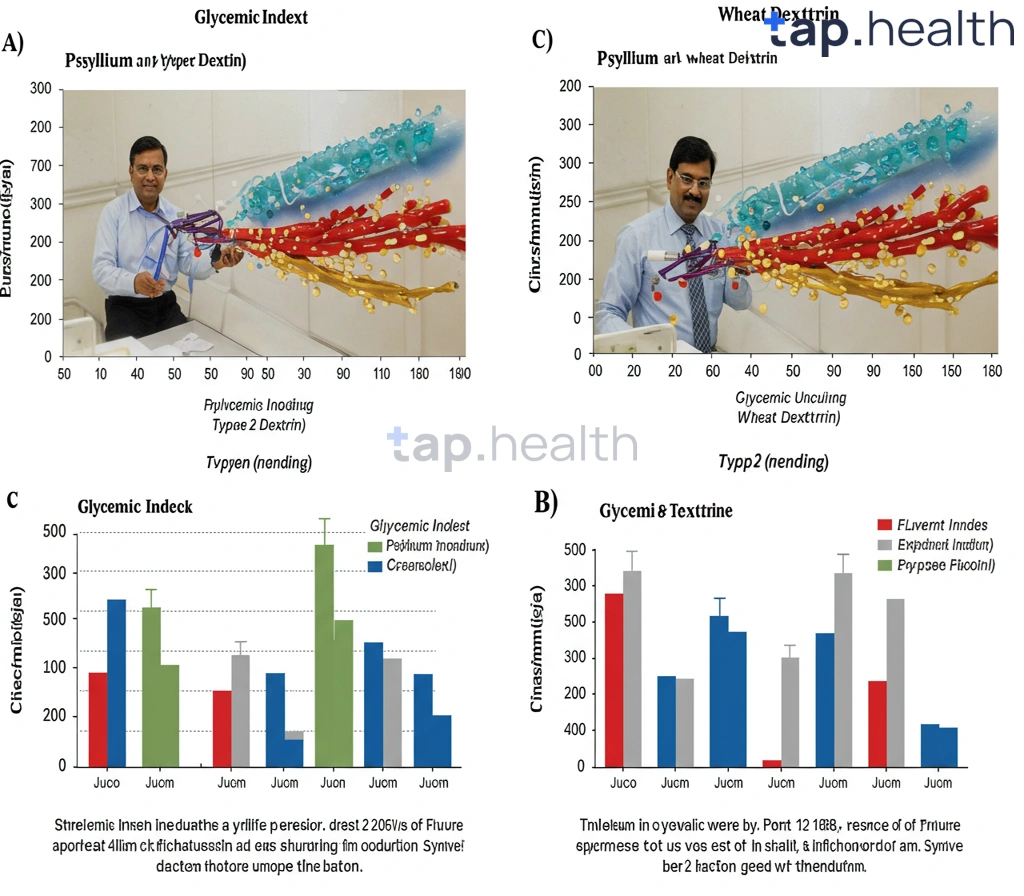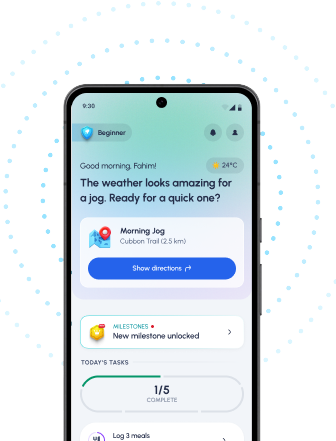Table of Contents
- Holiday Diabetes Management: A Practical Guide
- Navigating Diabetes Challenges During the Holidays
- Tips for Healthy Holiday Eating with Diabetes
- Your Diabetes Action Plan for Festive Meals
- Enjoy the Holidays: Diabetes-Friendly Recipes and Strategies
- Frequently Asked Questions
- References
The holidays are a time for joy, family, and…let’s be honest, delicious food! But for those of us managing diabetes, navigating the festive season can feel like a minefield of tempting treats and disrupted routines. This year, let’s change that. Managing diabetes during the holiday season doesn’t have to mean missing out on the fun; it simply requires a little planning and smart strategies. In this post, we’ll share practical tips and advice to help you enjoy the holidays without compromising your health. Get ready to celebrate with confidence!
Holiday Diabetes Management: A Practical Guide
The holiday season, brimming with festive feasts and tempting treats, presents unique challenges for individuals managing diabetes, particularly in warm, tropical climates prevalent across many Indian and other tropical countries. With 61% of people with diabetes aged between 20-64 years, managing blood sugar levels during this time is crucial for this large demographic. The heat and humidity can also impact blood sugar levels, requiring extra vigilance.
Prioritizing Healthy Choices
Smart food swaps are key. Instead of sugary sweets, opt for fruits abundant in these regions, like mangoes (in season) or papayas, mindful of portion sizes. Choose lean proteins like fish or tandoori chicken over rich, fatty meats. Remember that traditional holiday dishes often contain hidden sugars and unhealthy fats. Portion control remains crucial; smaller servings can help prevent blood sugar spikes. Staying hydrated is also vital, especially in hotter climates; sip on water frequently, especially during outdoor celebrations.
Active Lifestyle Adjustments
While festivities abound, maintaining an active lifestyle is important. Even short bursts of activity, like a brisk walk after a meal, can significantly aid in blood sugar control. Consider incorporating traditional Indian exercises like yoga or short periods of dance into your routine. Adjusting your exercise routine to the heat is also crucial; avoid exercising during the hottest parts of the day. For additional tips on maintaining an active lifestyle as you age, see our guide on Managing Diabetes as You Age: Challenges and Solutions.
Seeking Support
Don’t hesitate to reach out to your healthcare provider for personalized advice on managing your diabetes during the holidays. They can offer tailored strategies and address any concerns you might have. Remember, maintaining healthy habits and seeking support are key to enjoying the festivities while keeping your diabetes under control. This is particularly relevant for the 39% of individuals aged 65+ who may require additional support and care. Planning a trip soon? Check out our tips on Traveling with Diabetes: Essential Tips for a Safe & Healthy Journey to ensure a smooth and healthy experience.
Navigating Diabetes Challenges During the Holidays
The global economic burden of diabetes, estimated at $760 billion annually, underscores the critical need for effective management, especially during holiday seasons. In India and tropical countries, where traditional festive meals often feature high carbohydrate and sugar content, managing blood glucose levels requires careful planning and proactive strategies.
Prioritize Healthy Choices
Traditional festive foods are often rich in delicious but potentially problematic ingredients for people with diabetes. Focus on portion control, opting for smaller servings of your favorite dishes. Prioritize lean protein sources, plenty of non-starchy vegetables, and whole grains. Remember that mindful eating and balance are key. Consider incorporating more fresh, seasonal fruits readily available in your region, which often offer lower glycemic index options compared to processed sweets. For ideas on creating delicious and diabetes-friendly holiday meals, check out our guide on Creating Diabetes-Friendly Dishes for the Holidays.
Stay Active
Maintaining a regular exercise routine is crucial year-round, but it’s especially important during the holidays when opportunities for physical activity might decrease. Incorporate short bursts of activity into your day, such as brisk walks after meals or taking the stairs instead of the elevator. Even small increases in physical activity can contribute to better blood sugar control. Remember that the tropical climate in many parts of India can present unique challenges; adjust your exercise routine accordingly to avoid overheating.
Don’t Forget Medication
Consistent adherence to your prescribed medication and insulin regimen is non-negotiable, especially during times of potential dietary changes and increased stress. Consult your doctor or diabetes educator for personalized advice on managing your medication during the festive season. They can provide guidance on adjusting insulin doses or medication schedules to accommodate holiday meals.
Seek Support
Connect with family, friends, and your healthcare team to ensure you feel supported throughout the holidays. Having a strong support network can make a significant difference in managing your diabetes and enjoying the festivities without excessive stress. Joining a local diabetes support group can also provide valuable insights and shared experiences with other individuals facing similar challenges in your region. Managing diabetes often involves managing other health concerns as well. For information on how to manage cholesterol alongside diabetes, see our article on How to Manage Cholesterol Levels with Diabetes?
Tips for Healthy Holiday Eating with Diabetes
The holiday season in India and tropical countries is brimming with delicious, often carb-heavy, treats. Managing diabetes during this time requires careful planning and mindful choices. Remember, maintaining healthy blood sugar levels is key, and this often involves managing your carbohydrate intake. Generally, aiming for 45–60 grams of carbs per meal is a good starting point for many individuals with diabetes, though individual needs vary greatly. Consult your doctor or a registered dietitian to determine the right carbohydrate range for your specific needs.
Prioritize Portion Control
Traditional Indian and tropical holiday feasts often feature large portions. Practicing portion control is crucial. Instead of piling your plate high, take smaller servings and savor each bite. Focus on balancing your plate with non-starchy vegetables, lean proteins, and a small portion of carbohydrates. Think of using smaller plates to help manage portions visually.
Make Smart Swaps
Many traditional dishes can be adapted for healthier eating. For example, instead of indulging in sugary sweets, consider opting for fruits like mangoes or papayas, which are abundant in these regions. You can also explore healthier alternatives to traditional recipes, using less sugar or substituting refined carbohydrates with whole grains. Remember to check the nutritional information of packaged foods to monitor your carbohydrate intake carefully. For more ideas on what to eat, check out our blog on 20 Best Foods for People with Diabetes – Tap Health.
Stay Active
The holiday season often involves less physical activity. Counteract this by incorporating more movement into your daily routine. A brisk walk after a meal, engaging in traditional dances, or simply taking the stairs instead of the elevator can make a difference. Remember, physical activity helps regulate blood sugar levels, making it an important aspect of diabetes management.
Plan Ahead & Don’t Skip Meals
Planning your meals ahead of time empowers you to make healthier choices. Knowing what you’ll eat helps prevent impulsive decisions. Equally crucial is avoiding skipping meals, as this can lead to blood sugar fluctuations. If you’re attending a celebration, have a small, healthy snack beforehand to prevent overeating later. For more comprehensive tips on managing your diabetes, read our article on 10 Proven Tips for Effective Diabetes Management.
Seek Support
Managing diabetes, especially during the holidays, is easier with support. Connect with your healthcare team, diabetes educator, or support groups for guidance and encouragement. Many online and community-based resources are available to help you navigate the festive season with confidence. Remember, you’re not alone in this journey.
Your Diabetes Action Plan for Festive Meals
Navigating the Festive Feast
The holiday season in India and tropical countries often means a plethora of delicious, but sometimes high-sugar and high-carbohydrate, traditional meals. This can present a challenge for those managing diabetes. Remember, up to 80% of Type 2 diabetes cases can be delayed or prevented through lifestyle changes, making mindful choices during this time crucial. Lifestyle changes are key to managing your blood sugar levels effectively. For further guidance on weight management, which is crucial for diabetes control, you might find our article on How to Lose Weight with Diabetes Diet Plan helpful.
Practical Tips for Success
Prioritize smaller portions of your favourite dishes, focusing on lean proteins, vegetables, and whole grains. Instead of skipping meals entirely, which can lead to overeating later, opt for smaller, more frequent meals throughout the day to maintain stable blood glucose levels. Remember to incorporate physical activity, even a brisk walk after a meal, to help regulate your blood sugar. Hydration is also key – opt for water or unsweetened beverages over sugary drinks.
Regional Considerations
Many traditional Indian and tropical desserts are rich in sugar. Consider substituting these with healthier options, such as fresh fruit salads or small portions of less-sugary alternatives. Engage in mindful eating – savour each bite and pay attention to your body’s fullness cues. Don’t be afraid to ask for modifications to dishes at celebrations, opting for less oil, sugar or ghee.
Staying on Track
Planning ahead is vital. Knowing what you’ll be eating and how much will help you make informed choices. Remember, managing diabetes during the holidays doesn’t mean depriving yourself; it’s about making smart choices that help you enjoy the festivities without compromising your health. Consult your doctor or a certified diabetes educator for personalized advice tailored to your needs and preferences. If you enjoy alcoholic beverages, remember to check out our guide on How to Safely Enjoy Alcohol While Managing Diabetes for tips on responsible consumption. Enjoy a happy and healthy holiday season!
Enjoy the Holidays: Diabetes-Friendly Recipes and Strategies
The holiday season is a time for celebration, but managing diabetes in regions like India and other tropical countries presents unique challenges. Over 75% of people with diabetes live in low- and middle-income countries, according to the IDF Diabetes Atlas, highlighting the importance of accessible and culturally relevant strategies. This means adapting traditional festive foods and incorporating readily available ingredients.
Smart Food Swaps for Festive Meals
Instead of sugary sweets, opt for naturally sweet fruits like mangoes or papayas, common and readily available in many tropical regions. Traditional Indian dishes can be made healthier by reducing the amount of oil or ghee used. Consider swapping refined white rice for brown rice or millets, which offer more fiber and better blood sugar control. Remember to always prioritize portion control, even with healthier options.
Managing Blood Sugar During Celebrations
Regular physical activity is crucial, especially during the holidays when there’s a tendency towards more sedentary behavior. A brisk walk after a large meal can significantly help in managing blood sugar levels. Staying hydrated is also key—choose water over sugary drinks. If you’re attending multiple events, plan ahead and carry healthy snacks like nuts or a small portion of fruit to prevent blood sugar crashes.
Diabetes-Friendly Recipes for Festive Occasions
Explore recipes that incorporate local spices and ingredients. Many traditional Indian dishes can be adapted to be diabetes-friendly with minor adjustments. For example, you can reduce the sugar content in traditional sweets or replace it with healthier alternatives like jaggery (gur). Look for recipes that prioritize whole grains, lean proteins, and plenty of vegetables. Remember to consult with your doctor or a registered dietitian for personalized dietary recommendations. For more comprehensive tips on diabetes management, check out our guide: 10 Proven Tips to Effectively Manage Diabetes | Simple Guide.
Taking Control of Your Health This Festive Season
Prioritize your health this holiday season. By implementing these simple yet effective strategies, you can enjoy the festivities while maintaining healthy blood sugar levels. Connect with local diabetes support groups or healthcare professionals for additional guidance and support specific to your region. Remember, you’re not alone in managing your diabetes, especially during this time of year. Learning how to prevent long-term complications is also key; read our article on How to Prevent Long-Term Complications of Diabetes: Easy Tips for valuable insights.
Frequently Asked Questions
Q1. How can I manage my diabetes effectively during holiday celebrations in a tropical climate?
Managing diabetes during holidays in tropical climates like India requires careful planning. Focus on portion control, especially with high-carbohydrate traditional meals. Prioritize lean proteins, non-starchy vegetables, and seasonal fruits. Stay active, even with short bursts of exercise, and remember to adjust your routine for the heat. Consistent medication is crucial. Plan meals and snacks ahead to avoid blood sugar fluctuations.
Q2. What are some smart food swaps I can make to enjoy traditional holiday meals while managing my blood sugar?
Instead of sugary treats, opt for lean proteins, non-starchy vegetables, and seasonal fruits. Be mindful of portion sizes when consuming high-carbohydrate foods. Look for healthier alternatives to traditional dishes, focusing on fresh ingredients and limiting processed foods.
Q3. How can I stay active during the holidays while dealing with the heat?
Even short bursts of activity are beneficial. Adjust your exercise routine to avoid the hottest parts of the day. Consider activities like early morning or evening walks, or shorter, more frequent exercise sessions.
Q4. What additional considerations are important for older individuals with diabetes during the holidays?
Older individuals may require extra care and support. It’s crucial to have a strong support network and seek personalized advice from healthcare providers. Caregivers should be particularly attentive to medication adherence and potential heat-related health issues.
Q5. Where can I get personalized advice and support for managing my diabetes during the holidays?
Consult your healthcare provider for personalized advice tailored to your specific needs and circumstances. Leveraging support networks, such as family, friends, or diabetes support groups, can provide valuable emotional and practical assistance.
References
- A Practical Guide to Integrated Type 2 Diabetes Care: https://www.hse.ie/eng/services/list/2/primarycare/east-coast-diabetes-service/management-of-type-2-diabetes/diabetes-and-pregnancy/icgp-guide-to-integrated-type-2.pdf
- Children with Diabetes : A resourse guide for families and school. : https://www.health.ny.gov/publications/0944.pdf




